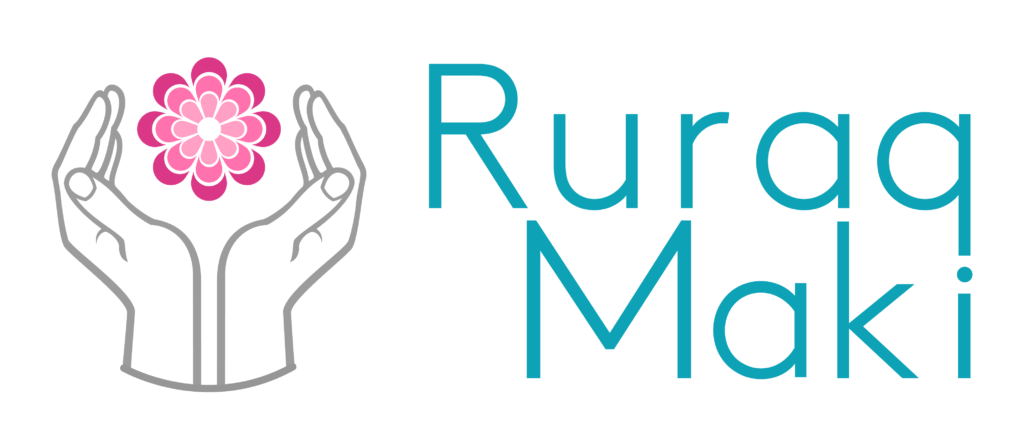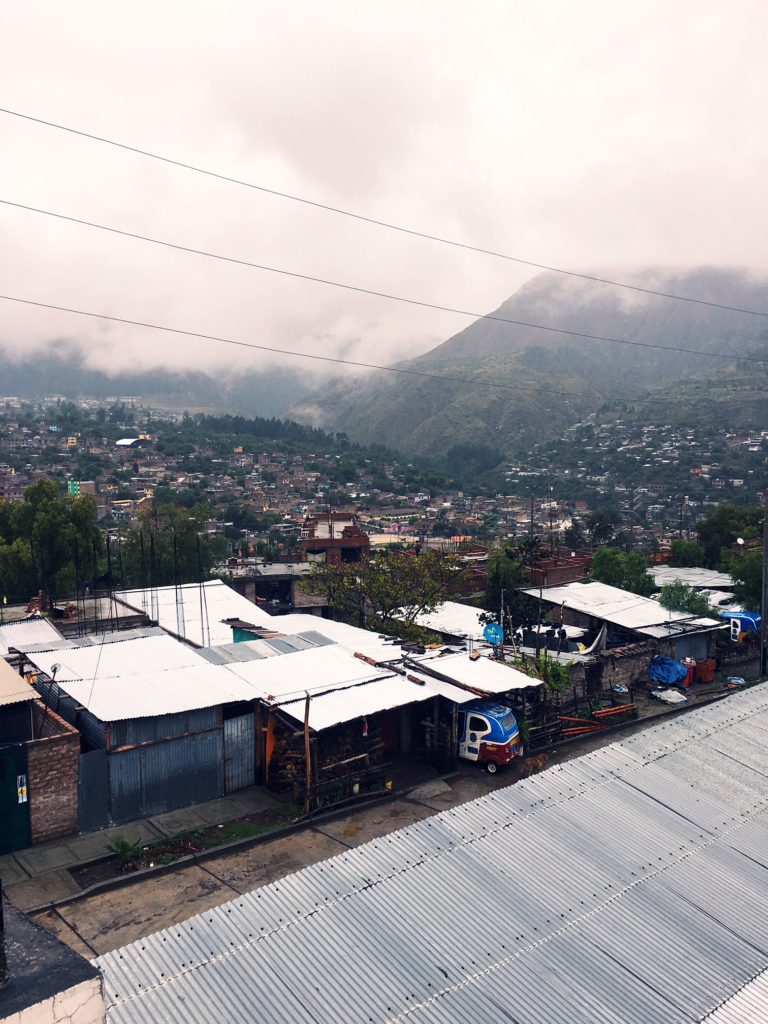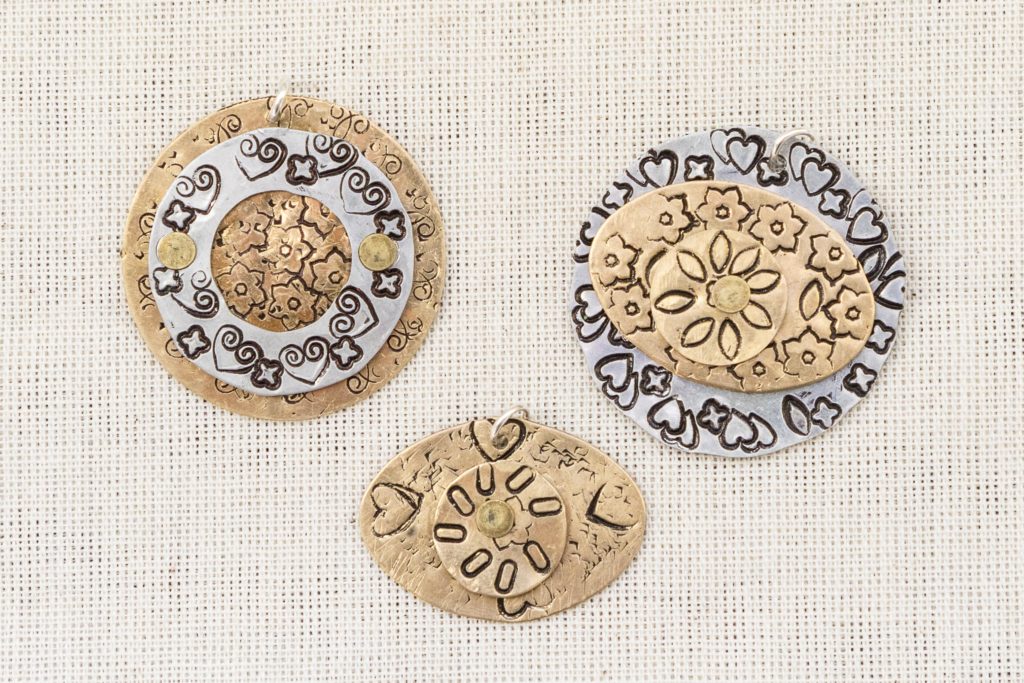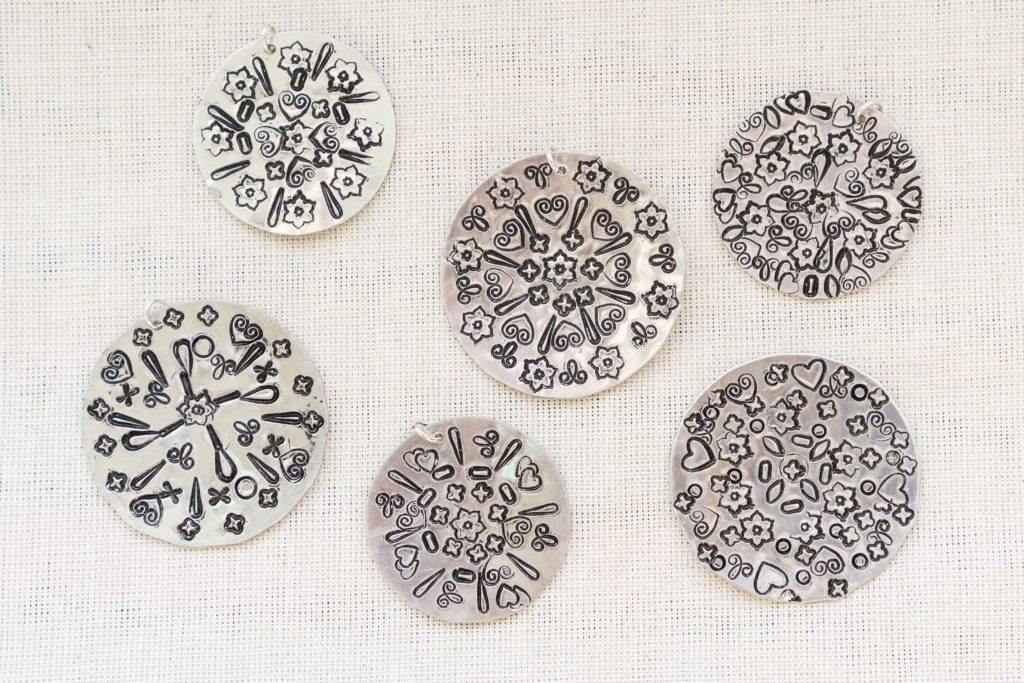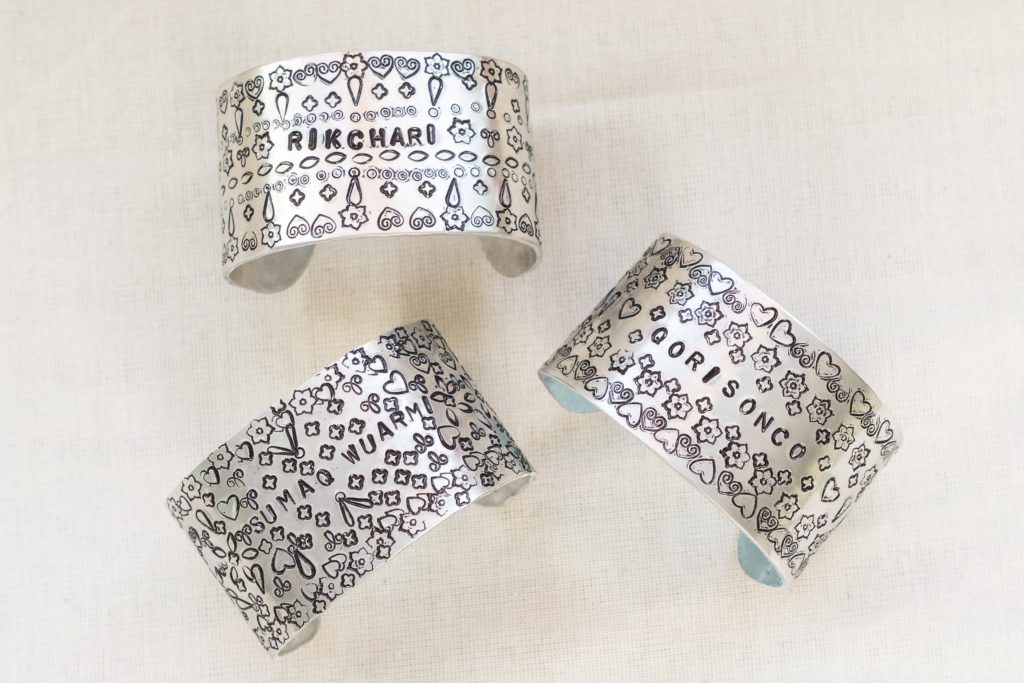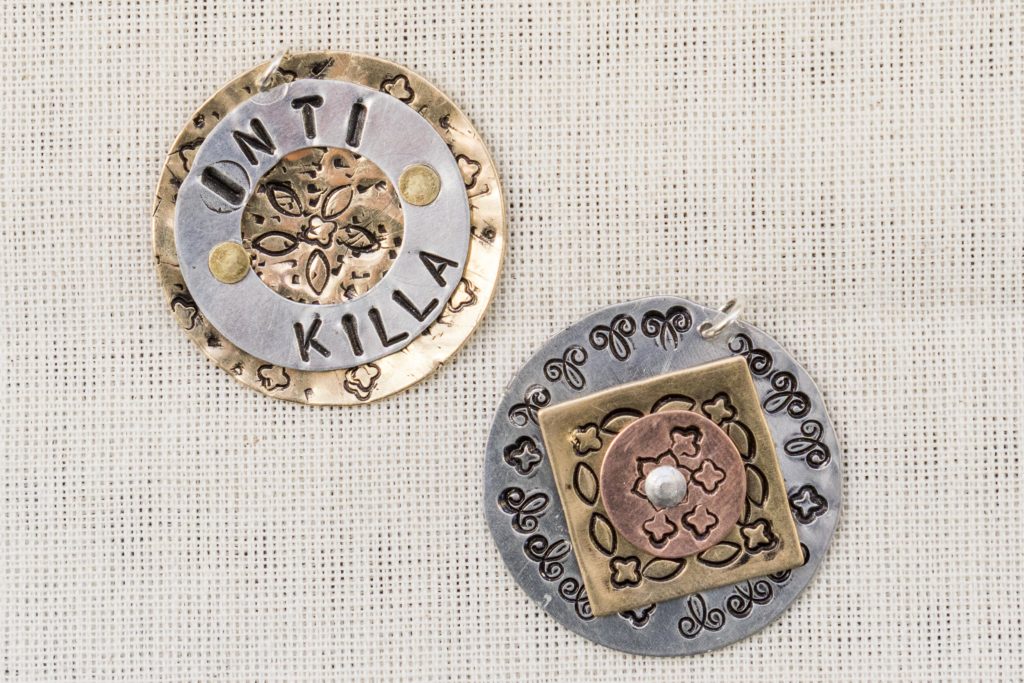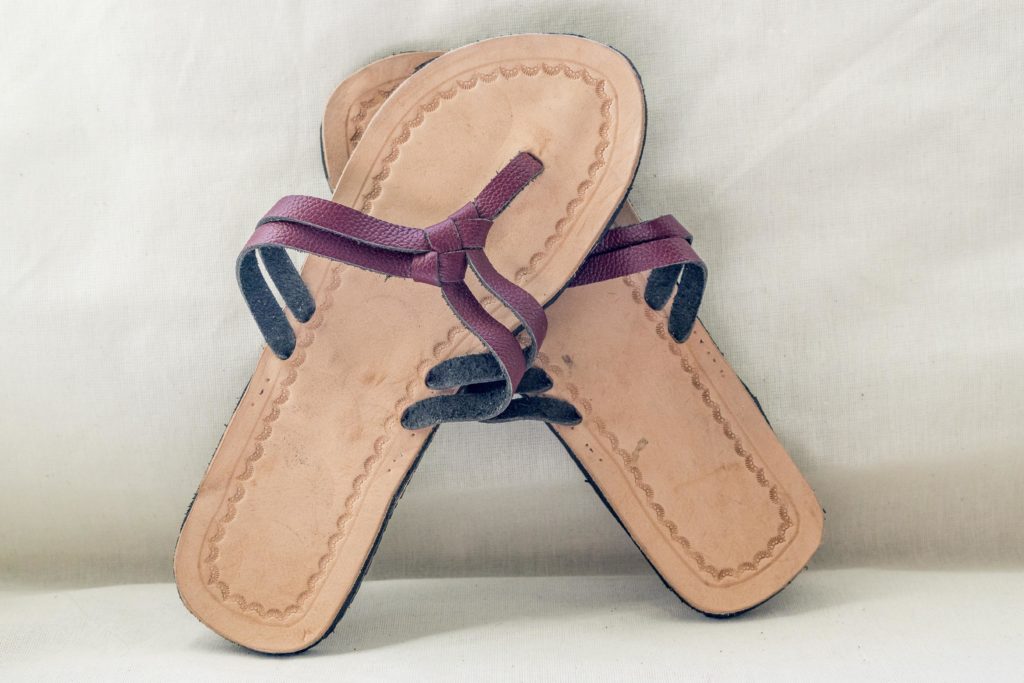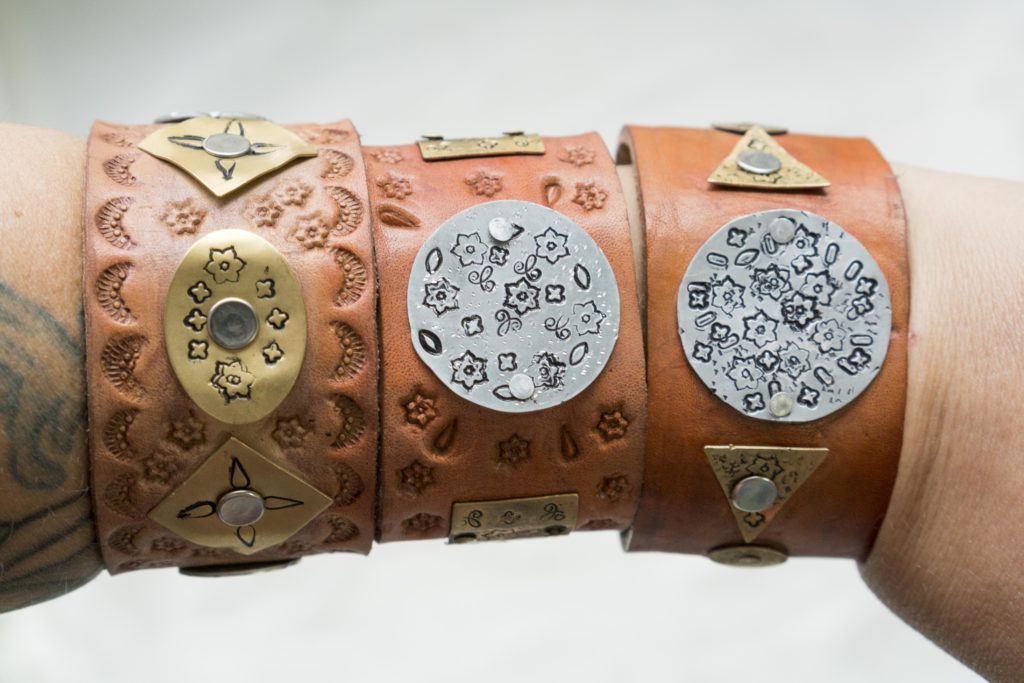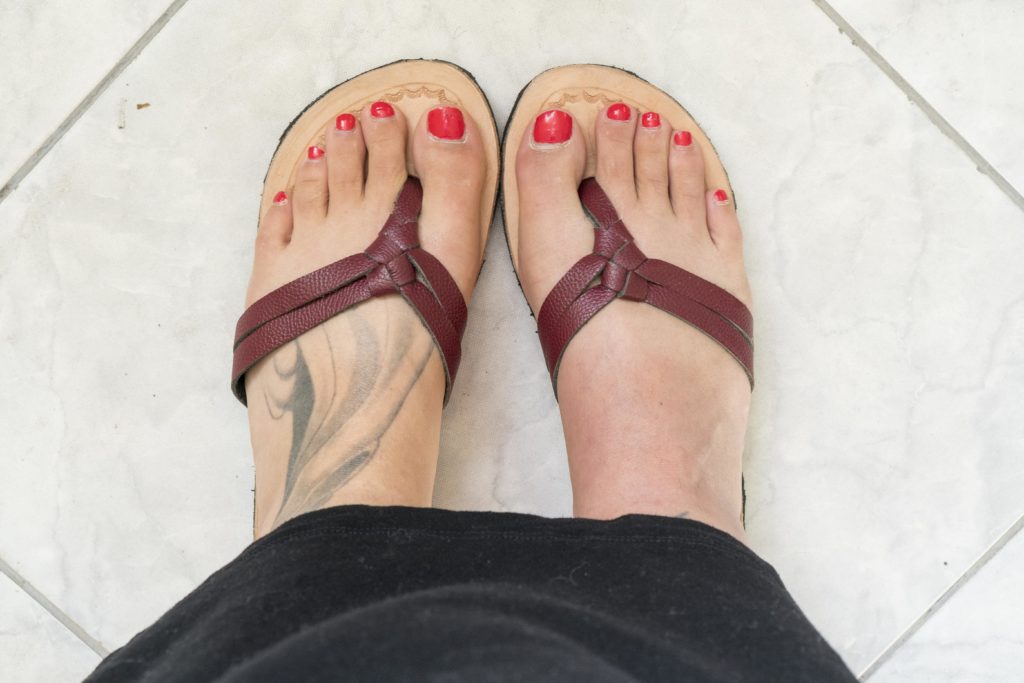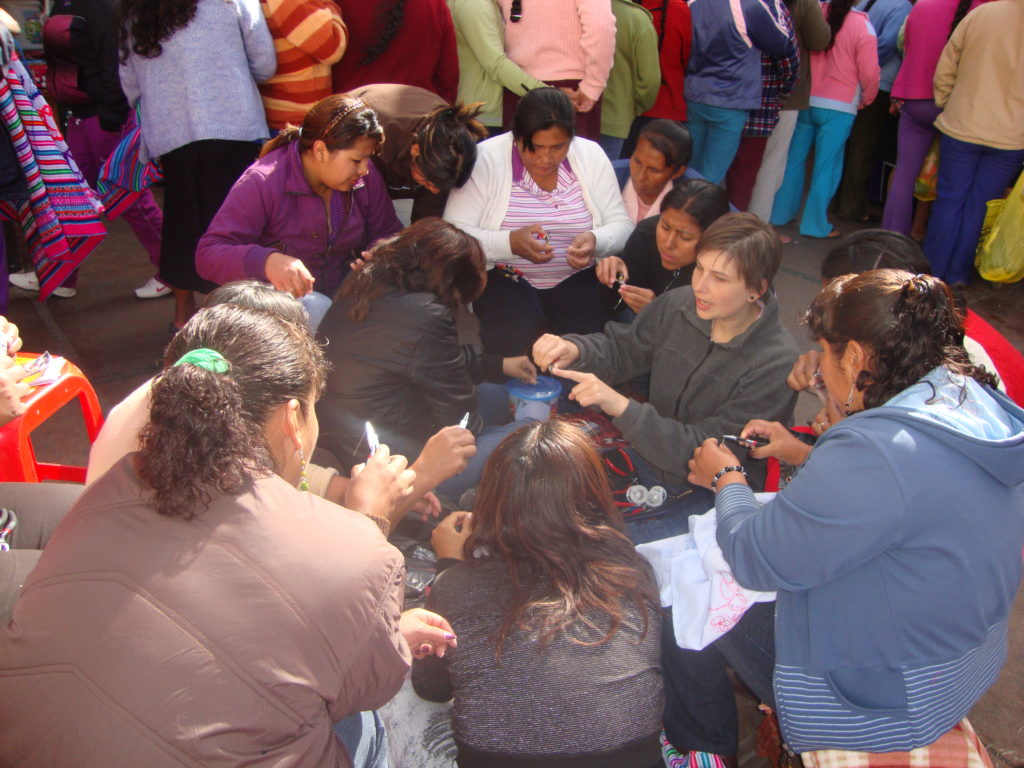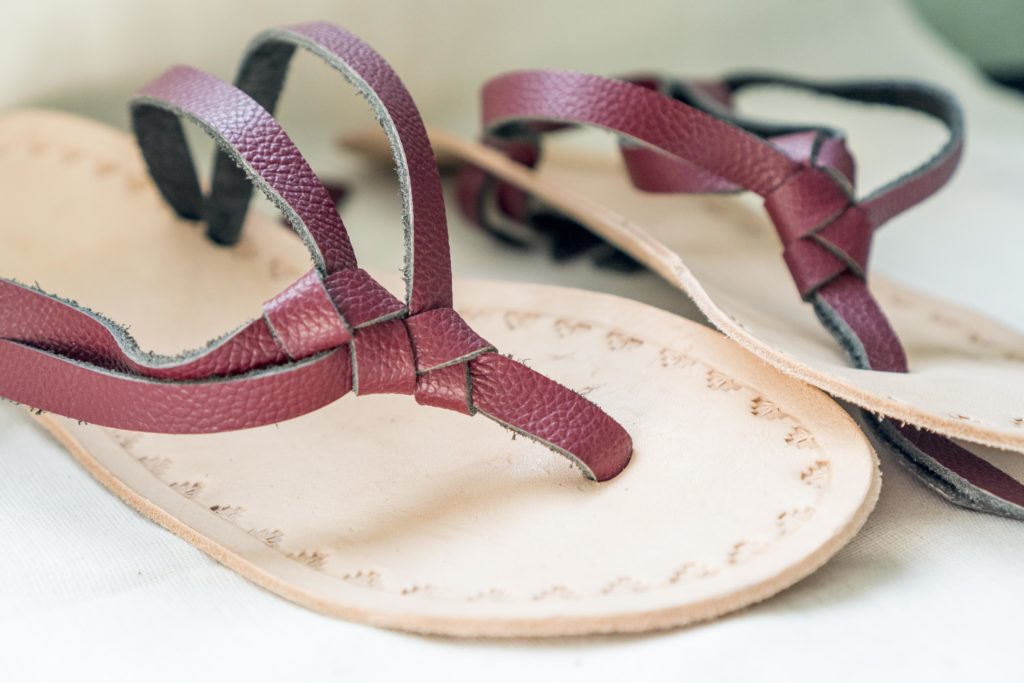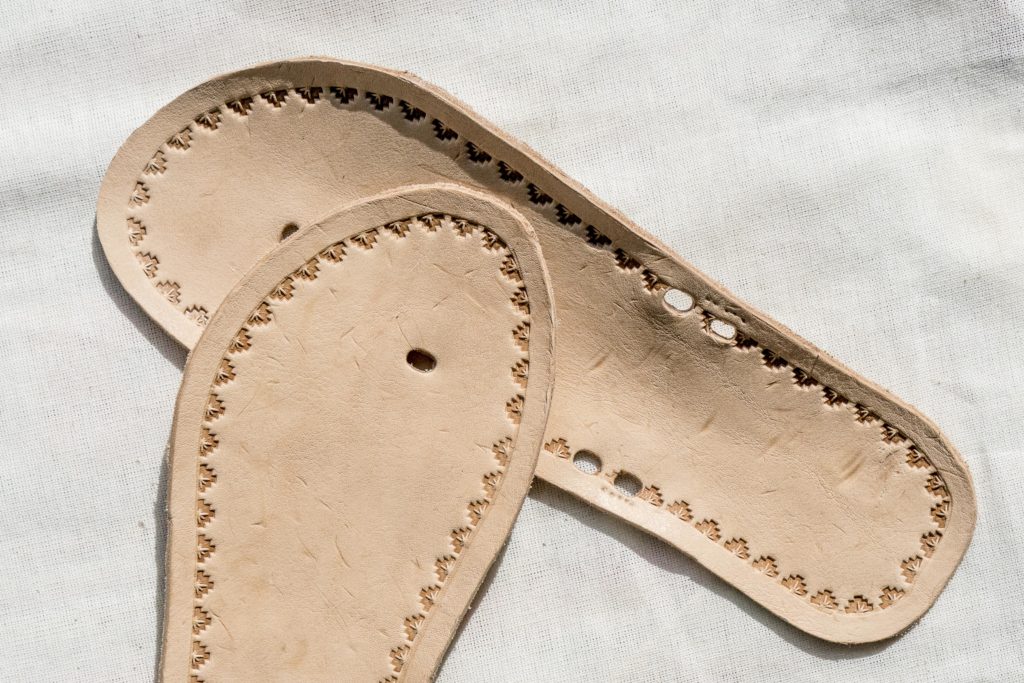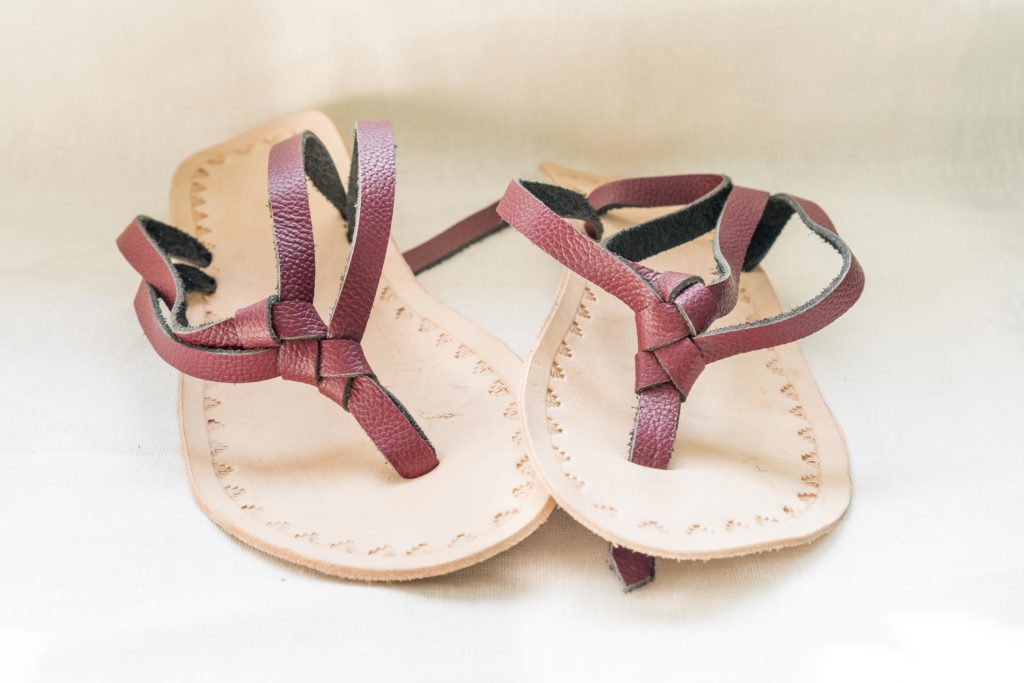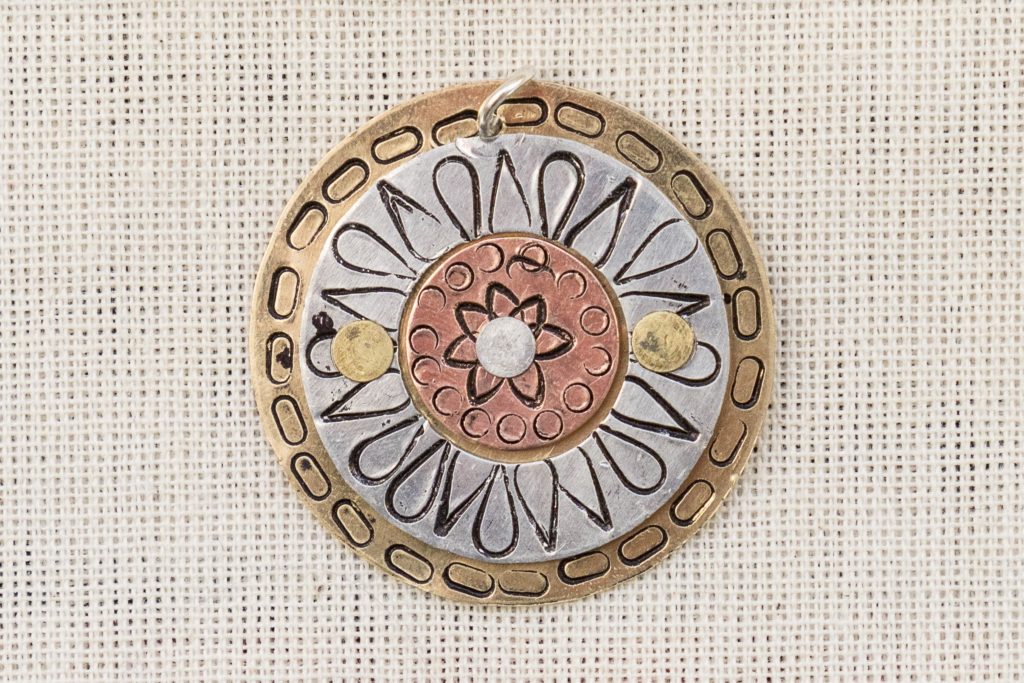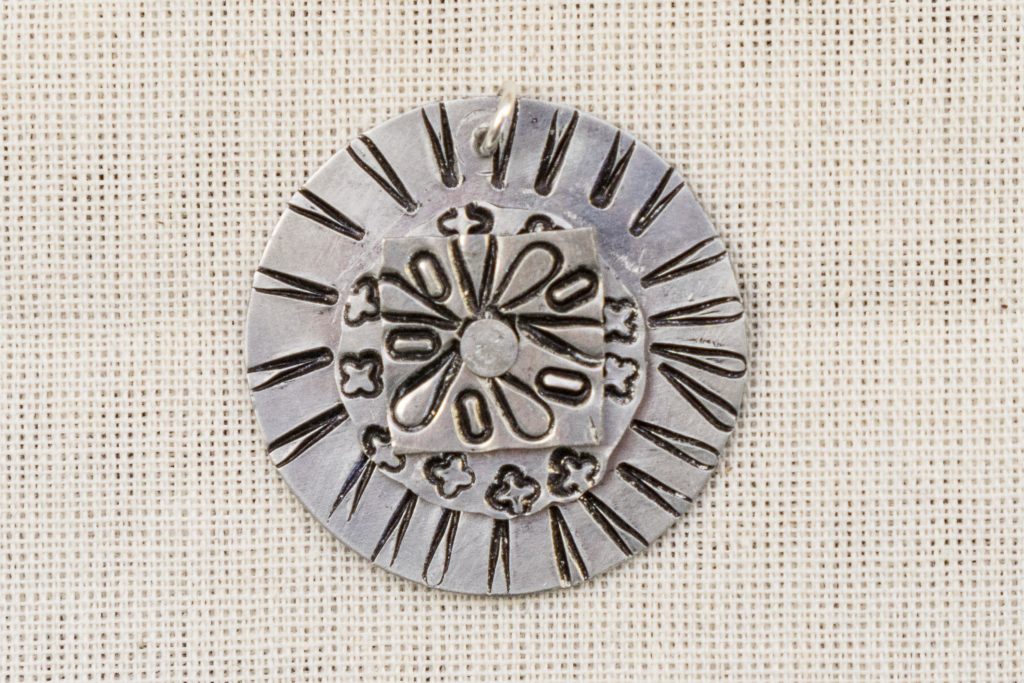This trip we are experimenting with a live video blog on Facebook! You can watch the full video above or catch the highlights below!
Collaborations
This trip is our first trip collaborating with Maki, another organization working in the prison with in-country staff. Our agreement is that they will help us organize our paperwork for our programs and all their women will automatically be able to attend our workshops. Which is a win win for all! We get to help more women and we get the in-country support we need!
Role Models
We start our classes on Thursday and for our very first day of classes we’re going to have two special visitors- Doctor Castro, who is in charge of all of our paperwork and authorizations, and the prison Director.
They will be observing the class and taking photos of the classes to send to the head bosses of INPE (Peru’s national penitentiary system). When we were here in August we found out that there’s a group who is fighting to change regulations in the prisons so that NGOs and buyers can more easily connect with the interns.
They want to send pictures of our class to show INPE how beneficial NGO programs can be for the prisons in Peru. I’m totally okay with being a role model for this!
Leather Class
Starting on Thursday we’re starting a 6-day leather working class with the women! What makes this class extra special is that Alberto, our leather professor, designed this curriculum based on his own ideas about what would be beneficial to the women.
Alberto’s idea is that he wants the women to get to the point where they can independently produce a product that is sellable in the local market. His long-term goal is to order these items from the women and sell them in the markets, but to get there the women need to learn to produce a product perfectly.
Which is exactly what he’s teaching them this trip. They will focus on one product (a leather bracelet) and they’ll focus on first learning the techniques and then perfecting them.
On Being Released
One of the women who has been in our programs for many years is being released in several months. Today I asked her if she was excited about leaving and she said, “Yes and no. I’m scared.”
As we talked more she shared that she’s afraid of what it will be like after she leaves the prison. Her biggest fear is finding work and worrying about what she’ll do after she’s released.
But she’s also afraid of starting a whole new life after being incarcerated for 15 years. She stepping out into a world that she doesn’t know. And that’s scary.
I’m sharing this to acknowledge that the trauma of incarceration doesn’t end with incarceration itself, but spills over in life after the prison. It’s our hope at Ruraq Maki that we can be there for the women both while they are in prison and afterwards.
